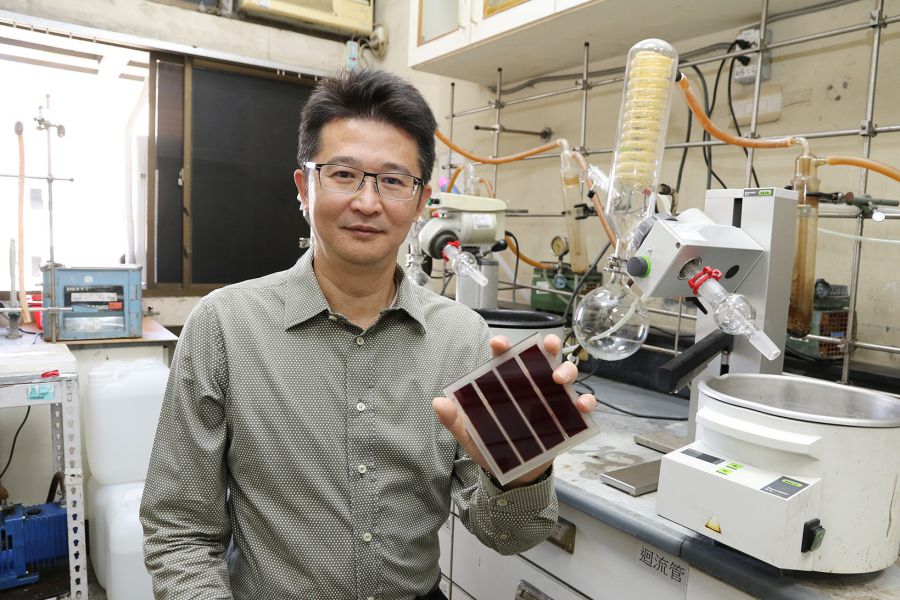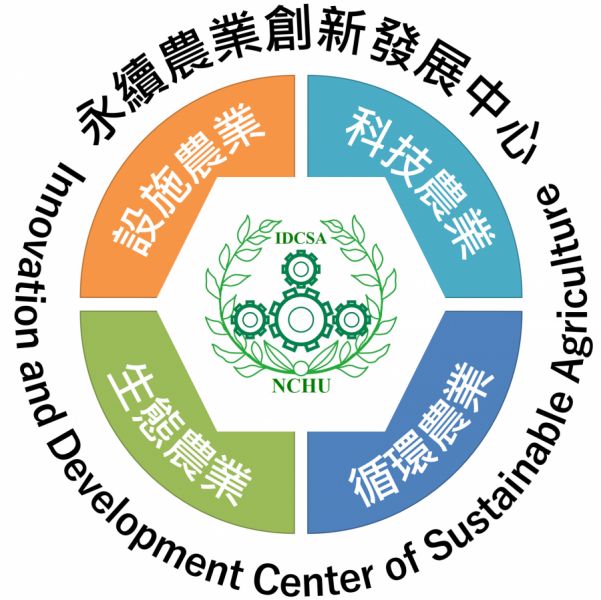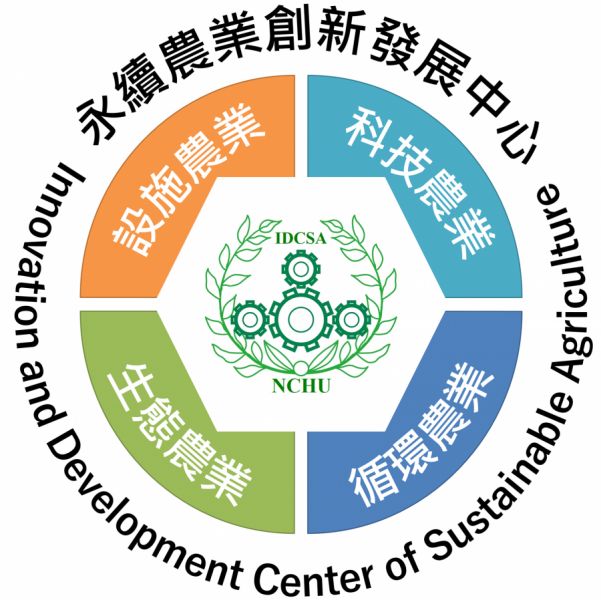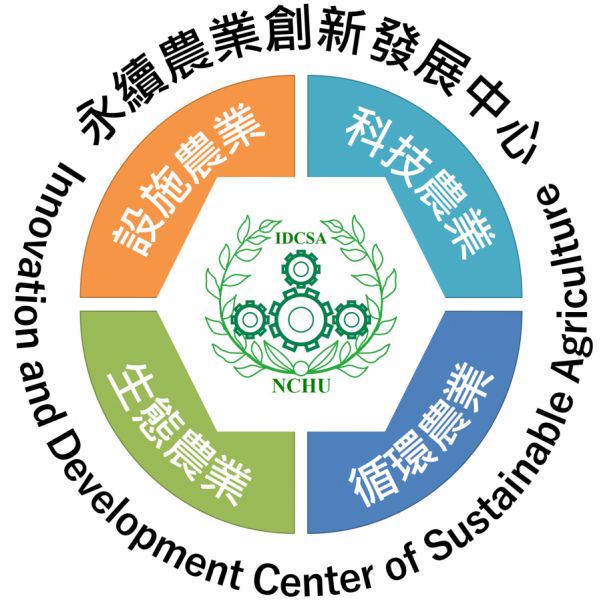This project aimed to develop a self-calibrated detection system for the monitoring of water quality in agricultural and aquacultural applications. The self-calibrated device consists of a jig, used for the combination of pH sensors and a microfluidic channel, an MCU controller equipped by a WiFi module, and a remote-controlled syringe pump, driving a standard solution for one-point calibration. The WiFi module can transmit and store the data. Moreover, a mobile phone was used for data display and remote control. The self-calibrated device can perform smart sensing and obtain the accurate water qualities.
低功率無線傳輸與系統整合:
This project focuses on real-time sensing and monitoring. We consider the design of software, hardware, and platform architecture, including sensor nodes, actuators, wireless smart gateways, servers, and service implementation. On the basis of the proposed system, network operations and core applications can be effectively achieved.
自主發電材料與儲能設備的開發研究:
This year, we focus on design and implement a voltage boost and battery charging circuit that could provide silicon and dye-sensitive solar cells to generate enough energy to provide oxygen content sensing in a water quality assessment modules and wireless data transmission modules. The power demand of each system is estimated as follows. The oxygen content sensing in a water quality module requires an output of 5V and 2.1A during measurement and last for 20s. There are 48 measures every day. Therefore, the required daily power output is 560 mAh at 5V. The actual measurement of the wireless data transmission module requires a 5V output. In a 3Hr real-time running measurement, it consumes 60 mAh. As a consequence, it requires 480 mAH per day. Therefore, a solar energy module should provide 1040 mAh of power daily. With a 5V output, the power of 5.2 W is required. Based on the daily sunshine of 4Hr, a total of 31.2 W solar cells are required. If the efficiency of a solar cell module is 15%, the output power is 150 W per square meter. The 31.2 W requires about 0.21 square meters of solar panels. That is, a solar panel with a side length of 45 cm is the demand.
The plan focuses on providing energy conversion technology to convert environmental energy (such as light energy, heat energy, vibration energy, etc.) into usable electrical energy, which is applied to agricultural perception technology, and provides energy to low-power wireless transmission systems to collect data. This project uses light energy as a verification platform to design special dye molecules that can convert photoelectric energy under sunlight and indoor light to obtain the best efficiency. The health of livestock animals in farms and pastures is very important. We use this energy, combined with heart rhythm sensing elements and wireless transmission systems, to fully detect the heart rhythms of animals in the pastures. Currently complete the heart rhythm sensing demonstration. After connecting the dye-sensitive battery, the use time can be extended about twice. This year, we completed the heart rate sensor display, and in the development of hole-transporting material (HTM), we also synthesized Y2 as the electric transmission layer of perovskite solar cell (PSC). One photoelectric conversion efficiency under sunlight can reach 16.60%, which is very close to the 18.03% photoelectric conversion efficiency of spiro-OMeTAD, which is currently commonly used as an electric transmission material. Another molecule we developed, WT3, has a photoelectric conversion efficiency of 19.44%. Has exceeded the photoelectric conversion efficiency of spiro-OMeTAD by 18.62%.

Figure. Research Acheivements(Subproject 7)
Figure. NCHU Increases the Power Generation Efficiency of ''Dye-Sensitized Solar Cells'', Published in the Top International Journal




